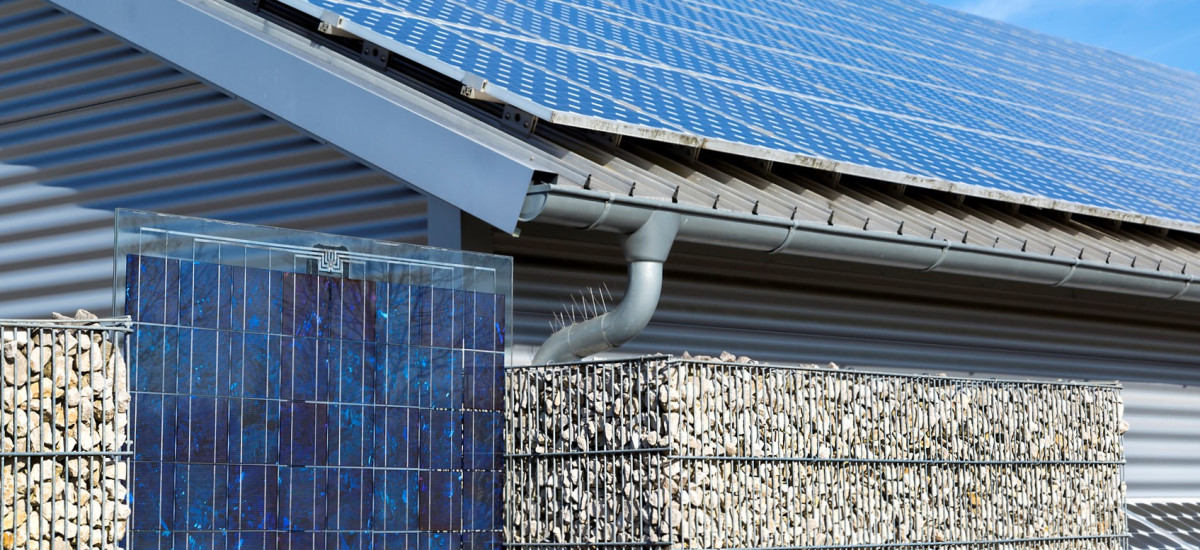3/7/2019
The need for alternative energy is becoming increasingly urgent, so the market for photovoltaic (PV) elements is increasing too. The emergence of PV systems also gives rise to the question of how fireproof these panels are. Although parts of products generally meet the fire safety requirements, other components may sometimes even undermine that fire safety in order to satisfy other engineering aspects. This is a longstanding problem. The lack of clarity surrounding the regulations has a role to play in this as well.
Overall, more than 50% of fires involve in-roof systems. The in-roof PV systems are similar to PV systems used in facades. The problems regarding in built-in systems are caused by having to take account the underlying combustible materials. This in contrast to surface-mounted systems, which are generally installed on non-combustible roof tiles.
PV systems comprise a number of main components, including PV panels, cables and DC-AC transformer. The latter component is often the culprit. This is the junction box, which contains components in which the current, and with it the temperature, can increase.
A fire can arise through, for example, an electric arc between connectors or overheating of connectors in combination with the ignition of polyurethane, polystyrene or foil. Insurance companies already warn against combining PV systems with combustible roofs or combustible insulation. Industry is already focusing on this by developing standards and testing methods.
Efectis has for now developed a special Single Burning Item (SBI) trolley in which complete PV elements can be tested, for example stand-alone PV elements that measure one metre in width. The elements are tested in combination with the materials used in practice, in such a way that the cavity behind them can be assessed. The initial results of these special SBI tests are known very quickly. However, the solution is only a temporary one, as the results will have to be investigated further. This test set-up, specially developed for PV panels, can in the meantime also be used for general facade tests. The additional method (for the Dutch market) is combined whenever possible with a product assessment, to realize a level of safety equivalent to that in a building which conforms to more prescriptive codes
In the longer term, Efectis wants to be able to give an even better opinion. Possibly the intermediate-scale test could be developed for this purpose. This method will be discussed more fully in the next newsletter.
If you would like to know more about this special SBI test for PV systems, you can contact nederland@efectis.com

